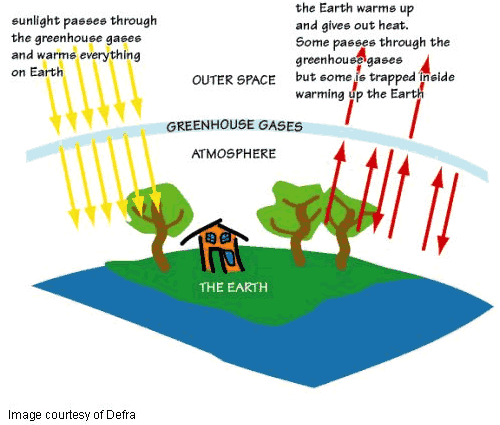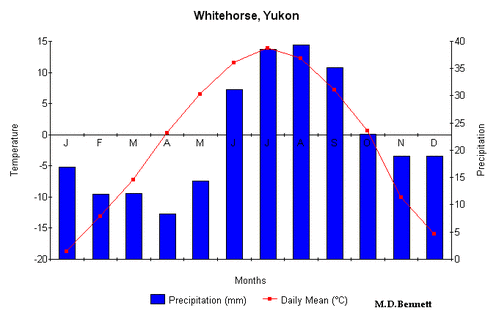Earth has a warming blanket, and it’s not as cozy as it seems. This blanket, known as the greenhouse effect, is composed of gases that surround our planet, keeping it warm enough to sustain life. However, in recent decades, human activities have intensified this phenomenon, leading to a significant rise in global temperatures. Have you ever pondered how Earth’s protective layer can turn from a comforting shroud to a stifling constriction? This inquiry invites us to delve into how the greenhouse effect fuels global warming and the challenges posed by our increasingly warmer planet.
The greenhouse effect is a natural process whereby certain gases in Earth’s atmosphere trap heat. This thermal retention is essential for creating a habitable environment, as without it, the average temperature on the planet would plummet, rendering most life forms unsustainable. Key greenhouse gases (GHGs) include carbon dioxide (CO2), methane (CH4), nitrous oxide (N2O), and water vapor (H2O). Each of these gases serves a unique purpose, yet they collectively contribute to the insulating blanket enveloping the Earth. Without this natural process, our world would be inhospitably cold, much like Mars.
However, the delicate balance that sustains this process is being disrupted. Human activities—ranging from the combustion of fossil fuels to extensive deforestation—have escalated the concentration of greenhouse gases in the atmosphere. The burning of coal, oil, and natural gas releases vast amounts of CO2, whereas agricultural practices introduce methane through livestock digestion and rice cultivation. The results are staggering: since the late 19th century, atmospheric CO2 levels have increased by over 40%, leading to a rapid rise in global temperatures.
What are the implications of this temperature surge? The consequences are manifold and complex, impacting ecological systems, global weather patterns, and socio-economic stability. For instance, as temperatures rise, ice caps and glaciers are melting at an alarming rate. This not only raises sea levels but disrupts marine ecosystems and freshwater supplies. In the Arctic regions, where Indigenous communities depend on ice for hunting, the ramifications are devastating.
Global warming has also incited dramatic changes in weather patterns. Increased heat contributes to the frequency and intensity of extreme weather events such as hurricanes, droughts, and floods. Areas once known for their temperate weather are now grappling with unseasonable extremes, challenging agricultural productivity and threatening food security worldwide. The unpredictability of these patterns poses a direct challenge to communities that rely on stable climates for their livelihoods. Imagine planting crops only to have an unexpected blizzard or a month-long drought wreak havoc on your harvest; this is a daunting reality for many farmers.
Moreover, climate-induced migration is emerging as a pressing humanitarian challenge. As regions become inhospitable due to extreme heat or natural disasters, populations are forced to relocate. This phenomenon of climate refugees not only strains resources in host communities but also leads to sociopolitical tensions. Are we prepared to respond to the rising tide of those seeking refuge from climate impacts? This question urges us to examine our resilience and adaptability as a global society.
In combating these issues, it is essential to mitigate the factors contributing to the greenhouse effect. Transitioning to renewable energy sources is a paramount solution. Solar, wind, and hydroelectric power present viable alternatives that can significantly lower greenhouse gas emissions. However, this transformation requires substantial investment and commitment from governments, businesses, and individuals alike. Can we afford to wait for the calamity to strike, or will we take the proactive stance necessary to avert disaster?
The implementation of energy-efficient technologies and practices is another vital step. From upgrading insulation in homes to fostering public transportation systems, there exists a plethora of ways to decrease our carbon footprint. Every small effort contributes to a larger solution; collective action is key. The hum of public discourse surrounding sustainability is growing louder; it is time to harmonize our voices and demand change.
Additionally, preserving and restoring forests is integral to reversing greenhouse gas accumulation. Trees serve as carbon sinks, absorbing CO2 and helping to combat climate change. Unfortunately, deforestation continues at an alarming rate, undermining efforts to stabilize our climate. Can we not envision a world where our forests thrive, rather than merely surviving on the edges of urban development?
A shift in our lifestyle toward sustainable practices is imperative. Adopting a plant-based diet can dramatically reduce greenhouse gas emissions associated with livestock production. Engaging in responsible consumption—reducing, reusing, and recycling—can lessen the demand for products that contribute to climate change. Every decision we make carries weight; are we willing to make conscientious choices for the betterment of our planet?
The challenges posed by the greenhouse effect and global warming are daunting, yet they also herald an opportunity for transformation. By fostering a global commitment to sustainability, we can collectively reshape our future. The warming blanket that protects us should not smother or suffocate. Therefore, we must rise to the occasion, informed and empowered, to ensure the equilibrium of our planet’s delicate climate system is restored.
In conclusion, the greenhouse effect is a fundamental process that, when disrupted, can lead to severe consequences for our planet. Understanding how this warming blanket operates and interacts with human activity is crucial. We stand at a crossroads, capable of steering our planet toward a sustainable future. The question is, will we accept the challenge to do so? That determination rests within us all.







